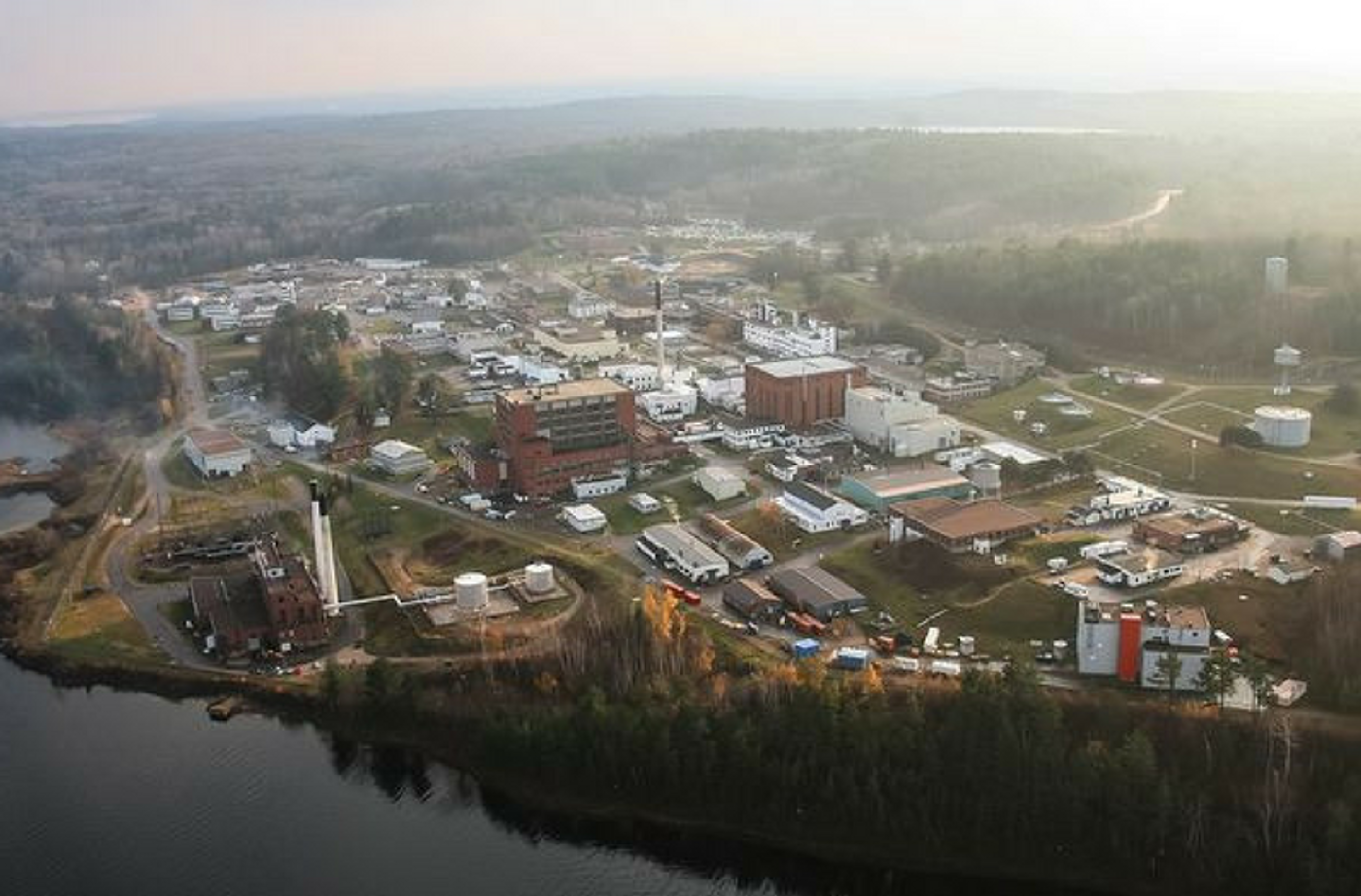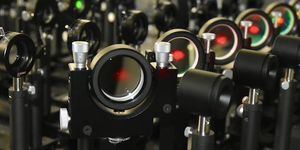Canada Says Goodbye to NRU
The last day of March marked the permanent shutdown of the National Research Universal (NRU) reactor, an old-time symbol of Canada's atom-age.
The Chalk River, Ontario-based facility went into service on November 3, 1957, as the country’s second functional reactor. Although planned and built during the Second World War, it was only used civil purpose in the post-war era.
For more than five decades, NRU has played a key role in advancing nuclear science, technology and the quality of life for Canadians and people around the globe. It has served three main purposes: providing engineering R & D support for the CANDU technology (Canadian reactor with pressurized heavy water design), supplying industrial and medical radioisotopes, fostering Canadian neutron physics research, and.
For several decades, the NRU served as the test bed for the development of Canada’s own nuclear technology, especially for a fleet of reactors that are the major workhorses for the country’s power generation.
The reactor itself became a globally dominant supplier of radioisotopes—in particular, molybdenum-99 (Mo-99). Mo-99 is the parent isotope of technetium-99m (Tc-99m), one of the most versatile medical isotopes. Used in more than 80 percent of all nuclear medicine procedures, Tc-99m plays an important role in the non-invasive diagnosis of many medical conditions in cardiology, neurology, and oncology. Due to their short half-life, 66 hours for Mo-99, and 6 hours for Tc-99m, stockpiling of either isotope is impossible. Instead, molybdenum is being produced around the clock worldwide so nuclear medicine doctors can perform diagnostic scans.
This dependence on a single source for such a vital commodity became problematic by the 1990s when Atomic Energy of Canada Limited, the administrative body that oversees the operation of NRU, began to consider about retiring the aging reactor, while constructing a pair of new, more technically advanced reactors. Regrettably, the two replacement units, Multipurpose Applied Physics Lattice Experiment (or MAPLE) reactors, failed to come online due to the innate technical issue, leading to their complete abandonment by 2008.
When a water leak caused by corrosion unexpectedly took the NRU offline later that same year, the global medical radioisotope community scrambled to deal with the shortfall. It was allowed to operate for ten more years despite its fast aging, in part to allow other sources of the medical commodity to come online.
The reactor also produces high-energy neutron beams as a by-product of uranium fission reactions. Neutron’s neutral charge makes it a powerful tool to penetrate dense materials. Led by Bertram Brockhouse, a physicist who would go on to win a share of the 1994 Nobel prize in physics for his development of neutron scattering techniques, NRU became the national center for neutron beam research.
Canadian scientists and their collaborators at the center have studied many kinds of materials that underlie advances in scientific, industrial and medical fields. Past projects included the development of light metals to reduce vehicle emissions for internal combustion engines, analysis of nuclear power plant components to improve reliability and safety, measurement of the hydrogen storage capacity of materials to support a shift to hydrogen-powered transport, development of targeted nanoparticles to enhance drug treatments, and many more.
Some scientists worry this body of talent and experience is all too likely to disperse permanently after NRU shutdown, which will leave many researchers and organizations at an important crossroads. Users will be forced to look further for time slot and research facility, such as the Spallation Neutron Source, the flagship U.S. neutron beam facility at Oak Ridge National Laboratory in Tennessee.
Closure of the NRU reactor. Credit: Canadian Nuclear Laboratories
Source: CBC/Science/Canadian Nuclear Laboratories









